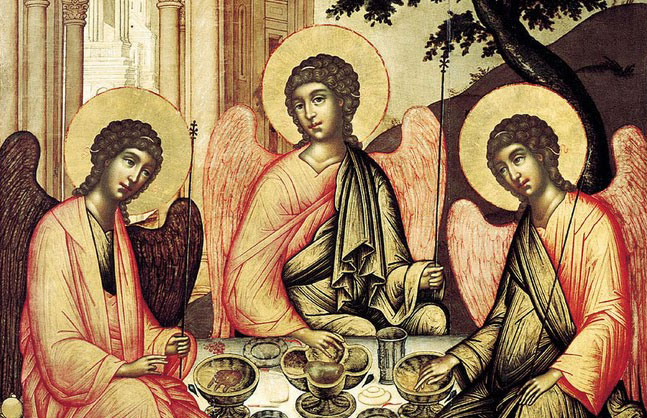
Did Russia have a Renaissance? ISI professor Anatole Tchikine asked this question in a lecture given at the National Gallery of Ireland, Dublin, February 25, 2012. In other terms, was early modern Russia a descendant of the Old Kievan Rus, to which it was linked by language and history? A successor to the Golden Horde, whose khans had ruled the region for over two centuries? Or an heir to Byzantium, the source of its religious, literary, and artistic traditions? Most certainly, this was the beginning of a long process of cultural transformation, where the adaptation of Western artistic methods and forms was followed by periods of rejection. Yet, according to Prof. Tchikine, the synthesis of traditional and borrowed models did not come easily to the Russian architects and painters of the fifteenth through seventeenth centuries. There emerged, instead, an eclectic and superficial style, which became a means of dynastic and political propaganda. The result was a decline in the country’s native artistic traditions – for example, icon painting – and a gradual subjugation of art to secular power.
